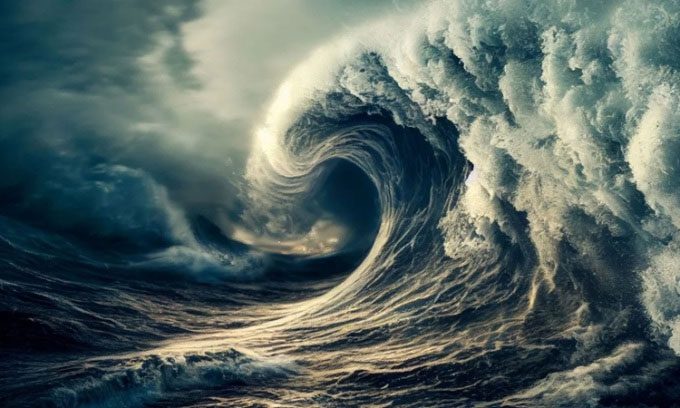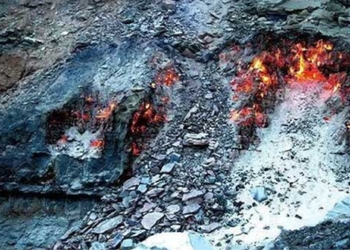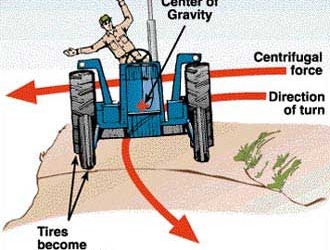Tsunamis can occur not only in oceans but also in lakes when a large volume of water is suddenly displaced.
The phenomenon of lake tsunamis is becoming increasingly common in places like Alaska, USA, and British Columbia, Canada, as well as many other regions with mountain glaciers, according to IFL Science. Lake tsunamis can be generated in various ways. Similar to ocean tsunamis, which often occur due to earthquakes beneath or at the ocean floor, lake tsunamis can also result from seismic activity. When a lake is situated above or near a fault line, an earthquake can impact the lakebed and displace a massive amount of water, creating a tsunami.

Experts believe that lake tsunamis will become more common. (Image: CGS Graphics).
They can also be generated by landslides, snow avalanches, or glacier calving, causing a large volume of debris to fall into relatively small bodies of water and significantly raise water levels. Delta collapses are also among the causes of lake tsunamis, as sand and gravel in areas where the lake meets a river delta can wash away. Additionally, atmospheric changes and volcanic processes can trigger lake tsunamis.
Currently, most lake tsunamis occur in remote locations, posing little threat to human life and infrastructure; however, they seem to be on the rise. According to geologist Bretwood Higman from Ground Truth Alaska, lake tsunamis in populated areas could become more common, primarily due to climate change. With rising temperatures driving the melting of glaciers and permafrost, landslides are expected to become more frequent, increasing the likelihood of lake tsunamis. In Alaska, geologists estimate a high risk of lake tsunamis at Portage Lake.
Regardless of where they occur, lake tsunamis can cause disasters. In November 2020, a massive landslide triggered a lake tsunami that reached 100 meters in height in British Columbia. Approximately 18 million cubic meters of rock fell directly into a glacial lake, sending a torrent of water rushing into Elliott Creek and the surrounding area, devastating the land. “Imagine a landslide with the mass equivalent to all the cars in Canada, moving at a speed of 140 km/h as it sweeps through a large body of water,” geomorphologist Marten Geertsema described in 2022.
In this instance, the damage primarily affected forested areas and salmon spawning grounds, but such events have the potential to obliterate homes and infrastructure, even causing fatalities. For example, a lake tsunami in Lake Michigan in 1938 resulted in the deaths of five people and injured 27, with a sudden wave reaching 3 meters in height.
In fact, the highest tsunami in recorded history, with waves reaching 524 meters, swept through Alaska in 1958 in a narrow bay.





















































